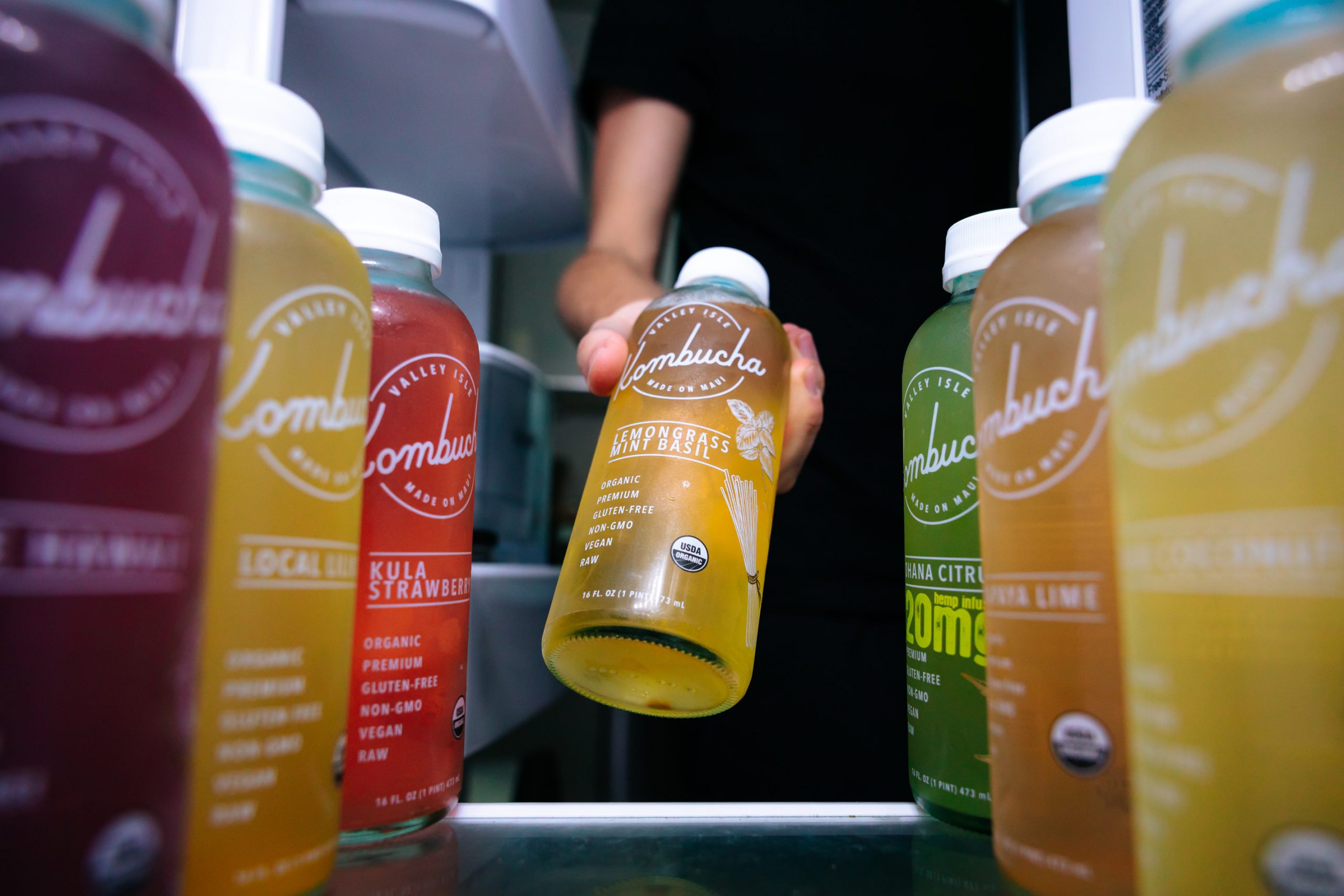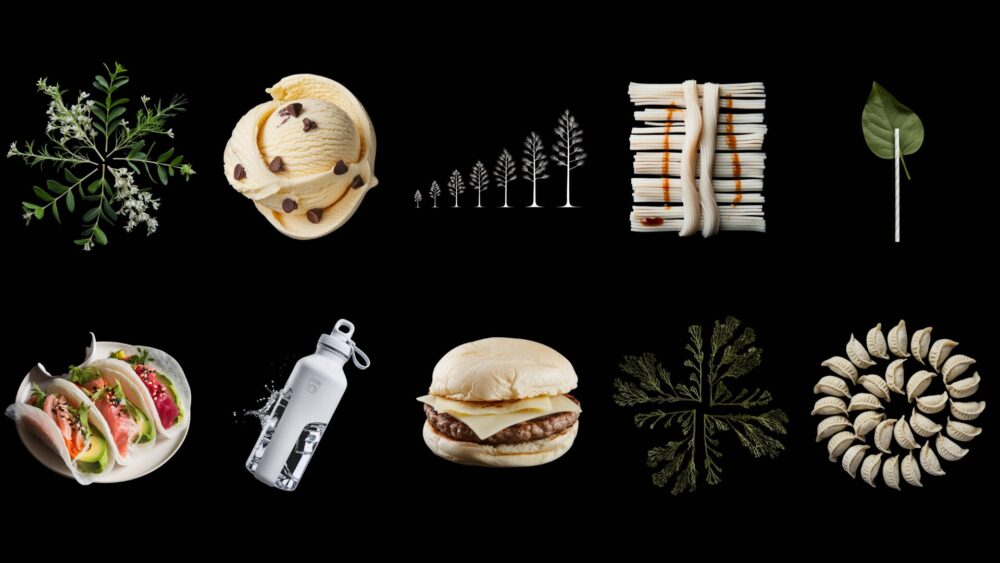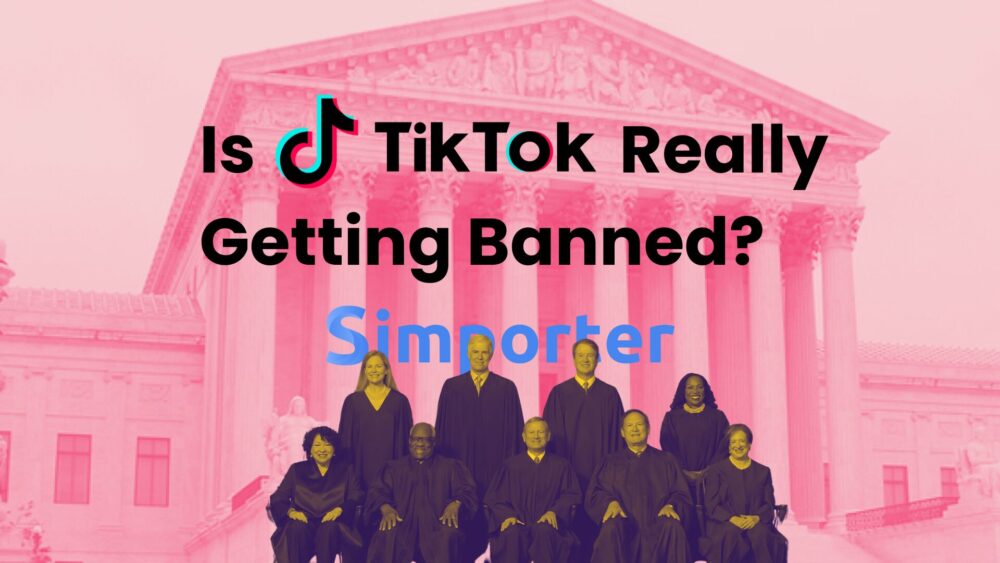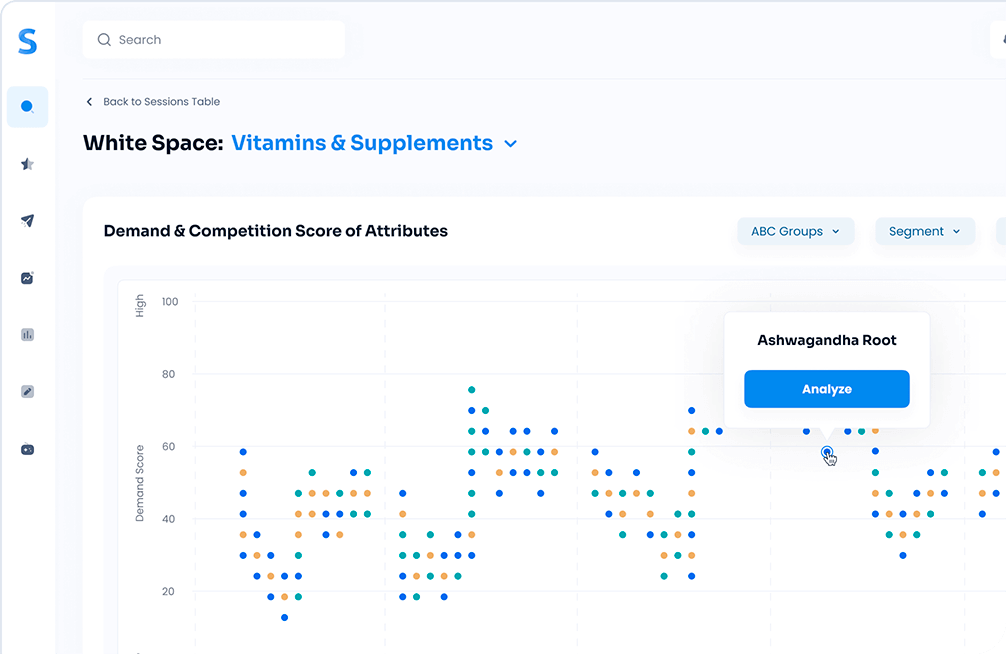The New Wave of Functional Beverages
Functional beverages have always been around but truly started taking off in the past year. Prior to 2020-21, the functional beverage category was mostly dominated by sports drinks, with indie brands hidden beneath the top layer, lurking in the shadows with small market share. In recent times, that has changed. The functional beverage category has increasingly diversified over the past year with both major brands and new players launching a variety of different products.
Defining Functional Beverages
Before going any further, we will quickly define functional beverages for those who are less familiar with the category. According to the book Functional and Medicinal Beverag, a functional beverage:
- Contains unconventional ingredients (i.e. probiotics, vitamins, minerals)
- Ranges from dairy, probiotic, energy, sports, meal replacement, and fruit-based drinks
- Provides health benefits (both physical and mental)
- The fastest growing space in the food and beverage category.
Functional Beverage Consumer Audience
Historically, the consumer audience of functional beverages has been primarily limited to sports enthusiasts who have a heightened sense of caution around increasing their vitamin intake. Today, though, the functional beverage consumer audience has expanded to be a much broader collective of health-conscious consumers.
Functional beverage consumers are often well educated, high income millennials with progressive views, whom are environmentally conscious and willing to spend more on sustainable brands. This audience cares a lot about their own health, eat healthy food (often low-carb diets), and live an active lifestyle. The functional beverage consumer’s focus on healthiness drives their interests toward products that can satisfy a variety of wellness needs, causing them to gravitate towards products like energy drinks geared to improve exercise, plant-based drinks that strengthen immunity, or vitamin water that helps with focusing.
With the rise of functional beverages, there are three major consumer groups that are consuming the added-value drinks for specific use cases.
1. The Diet Enthusiasts
Functional beverages are often a big component of consumers on diets, whether it’s keto, lactose intolerance, gluten-free, or another food-limiting lifestyle. Especially recently, due to recent mass weight gains from stay-at-home lifestyles, functional beverages have increased always found an audience in those participating in diets. One of the main reasons — functional beverages allow dieters to get the same flavors of unhealthy foods with added benefits to suit dietary needs. Functional beverages can often access the “dieter” audience because these consumers actively look for alternatives to traditional food and drink — especially new dieters, who actively try new, healthy alternatives to their previous groceries.
2. The “Homeopathic” Consumer
Homeopathic consumers often embrace wellness-centric lifestyles. The audience is often 30-44 year old married, white females with higher education, according to Massachusetts General. These consumers actively embrace alternatives to traditional, pharmaceutical medicine. If they catch a cold, rather than taking an over-the-counter medicine, you may find them purchasing immunity-boosting beverages at a nearby store. Homeopathic consumers are ore likely to try calming ingredients such as lavender, chamomile, and CBD in relaxation-enhancing drinks.
3. The Casual User
While functional beverages differentiate themselves from others by promoting their health benefits, consumers still often select beverages just because of their flavor and convenience. A major segment of functional beverage consumers view the additional benefits as a “nice to have but not necessary” component of the drink. Instead, the casual user audience selects functional beverages with the same mindset as selecting any other. Therefore, functional beverage brands should continue to prioritize taste as a key piece of a consumer’s choice, growing their share of casual consumers.









